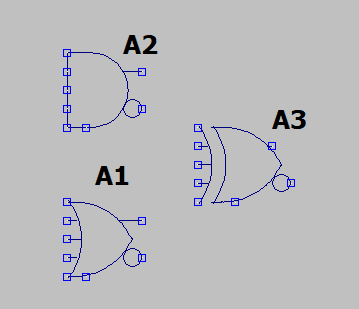Oct 30, 2023

What is VHDL?
VHDL is short for VHSIC Hardware Description Language. VHSIC is short for Very High-Speed Integrated Circuit.
This is a design language used to model digital circuits and can range from system level to logic gate level design. With the existence of VHDL, digital systems can be created with great complexity. The benefit is the ease of visualization of the designs in addition to simulations for testing.
What can you do with VHDL?
Digital System Design: VHDL allows you to design and describe digital systems, from simple combinatorial circuits to complex microprocessors, in a clear and structured manner. With VHDL, you can create designs for a wide range of applications, including consumer electronics, aerospace, telecommunications, and more.
FPGA Programming: VHDL is the language of choice for configuring FPGAs (Field-Programmable Gate Arrays). These reprogrammable hardware devices offer flexibility and speed, making them ideal for prototyping and developing custom digital solutions. You can create custom logic circuits, signal processing algorithms, and even entire embedded systems on FPGAs.
Simulation and Verification: VHDL allows you to simulate your designs before committing them to hardware, helping you catch and fix errors early in the design process. It's an invaluable tool for testing and verifying the functionality of your digital systems.
How do I get started?
Outside of college coursework, there are multiple ways to get into the VHDL world.
Learn the Basics: YouTube has a ton of videos from beginner to advanced material on the topic of VHDL. Begin by understanding the fundamentals of VHDL, including its syntax, data types, and concurrent and sequential statements. Check out a few videos and see if it captures your interest!
Practice and Projects: Once you've been reeled in by the fascinating topic of VHDL, as with any language, practice is key. Start with small projects and gradually work your way up to more complex designs. Hands-on experience is invaluable in mastering VHDL. Check back soon under resources or follow the blog for a post on VHDL challenge problems to tackle if you're interested!
Use Simulation Tools: Software tools like ModelSim, Xilinx Vivado, and Quartus Prime offer integrated development environments for VHDL. These tools provide simulation capabilities, design analysis, and synthesis for hardware implementation. After testing a solution or idea in a simulation, you can then acquire an FPGA for your VHDL solution to live on!